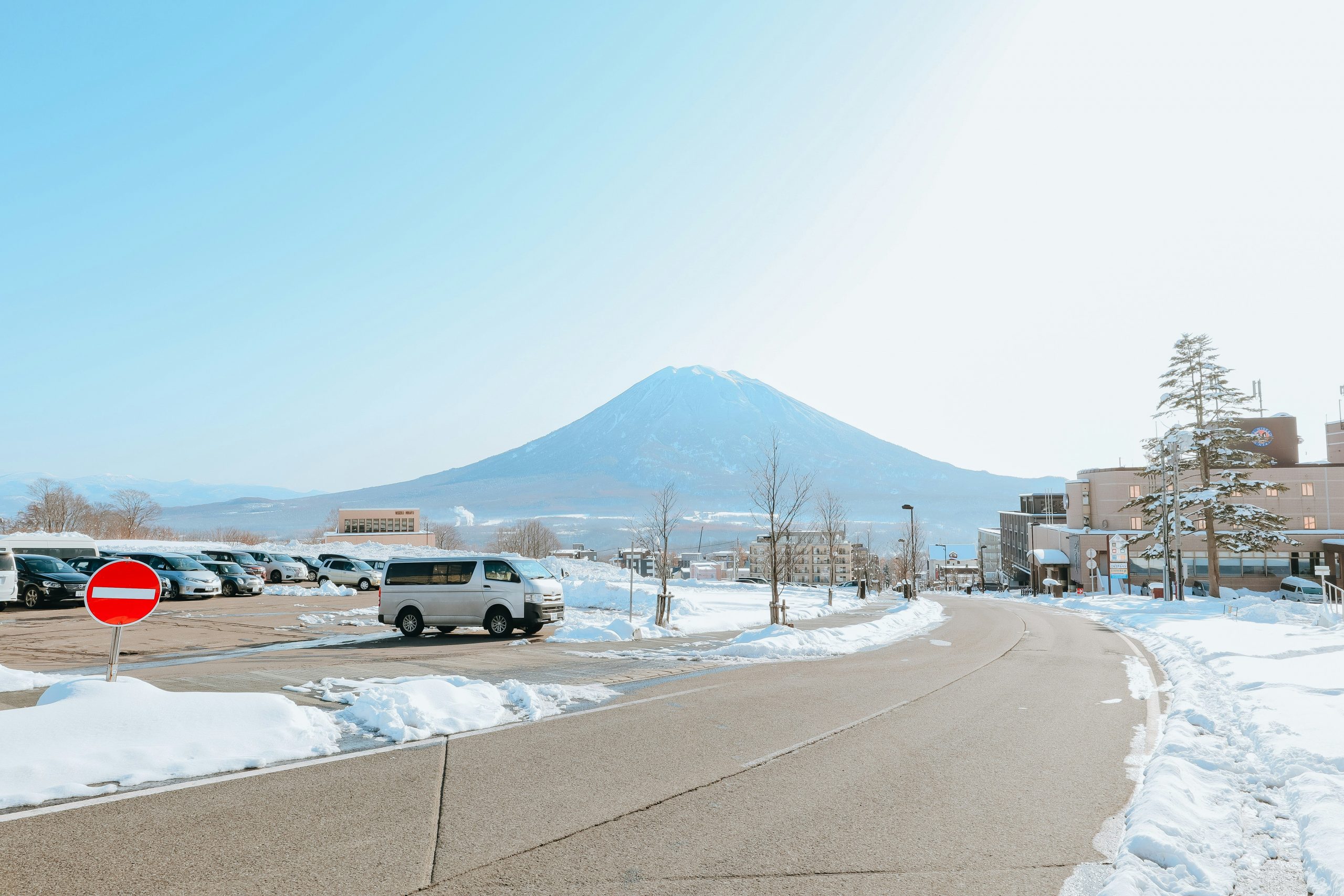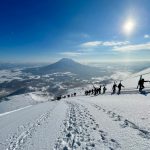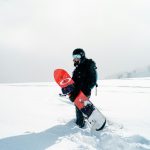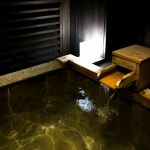If you’re planning a trip to Niseko, Japan, and want to know when the weather is just right for your adventure, we’ve got you covered!
In this guide, we’ll share some easy-to-understand Niseko weather tips and the best times to visit, ensuring your trip is filled with sunshine or snow, depending on your preference. Let’s dive into the seasons and find the perfect time for your Niseko getaway.
The Weather in Niseko
Temperature
Niseko has a unique climate with temperatures that vary greatly. It has lower temperatures than most tourist destinations. While it can feel cold for part of the year, it is generally pleasant with a chance of rain or snow. During the summer months, the average temperature is 81°F (27.2°C) during the day and 64°F (17.8°C) at night. The warmest time of the year is usually early August.
Precipitation
If you’re looking for a dry period, June, July, and May are the best months to visit Niseko, with the least likelihood of significant rainfall. The lowest chance of rain or snowfall is typically experienced towards the end of June.
Humidity and Wind
In Niseko, April is the least humid month, while July is the most humid. Wind is usually gentle, with the strongest breezes typically occurring in early May. On average, the windiest month is May, followed by April and March.
The Busiest and Least Crowded Time of the Year
Niseko, Japan, generally experiences the highest number of visitors in January, with March and April coming in as close seconds. Those who book far in advance can save on flight and accommodation prices. On the other hand, those who plan to go in December can expect fewer crowds and more cost-effective options.
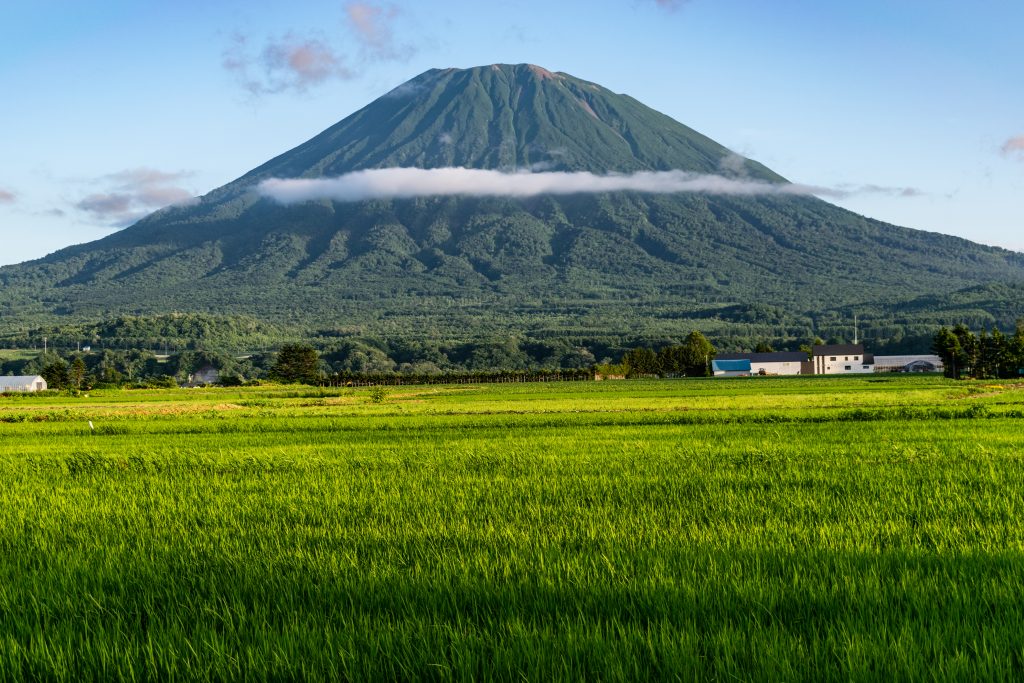
Niseko Weather: Travel Experience by Season
Spring (March through May)
From March to May, temperatures and humidity create moderately chilled conditions. Temperatures range from 68°F (20°C) to 33°F (0.5°C), with a noticeable increase in temperature as the season progresses. The spring season typically experiences up to 13 days of significant rainfall per month, making it a popular time of year for tourists to visit.
Summer (June through August)
The Niseko weather is pleasant and warm between June and August, with relatively little rainfall. This period is considered a low season for tourism in Niseko, so it may be possible to find more affordable accommodation.
Fall (September through November)
The temperature during the fall months can range from a pleasant 75°F (23.8°C) in the day to 38°F (3.3°C) in the evening, with the humidity and wind making it feel quite chilly. Precipitation is quite frequent, with 9 to 16 rainy or snowy days in a month. As the weather isn’t ideal for tourists, hotels tend to be more affordable.
Winter (December through February)
During the winter months (December to February) in Niseko, the weather can be pretty frigid, with the average high ranging from 35°F (1.6°C) to 25.5°F (-3.6°C). The area experiences a considerable amount of rain or snowfall, averaging 16 to 22 days of monthly precipitation. This time of year is one of the most popular for tourists.
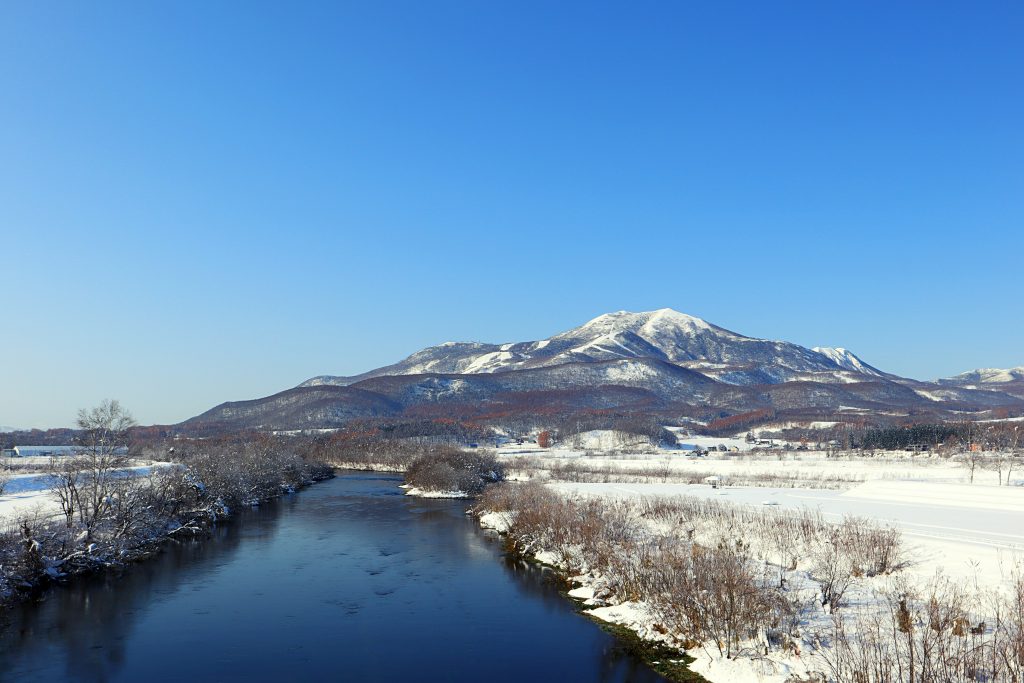
Niseko Weather Considering The Winter Ski Season
To make it easier for you to decide when to visit Niseko during the winter, we have divided the five-month season into sub-seasons. These sub-seasons range from early December to early May, giving visitors an idea of the best time to come to Niseko.
Early Season (December 3-20)
The Niseko United ski resort area opens on the first week of December. It will only be delayed in the event of inadequate snowfall. Fortunately, such a situation is rare for the resort, as most opening days usually feature plenty of powder.
Advantages: During this period, the slopes aren’t as crowded, accommodation is more affordable, and there is plenty of space. In addition, night skiing and complimentary bus service around the village startup.
Disadvantages: Limited skiing on unmarked or ungroomed trails.
Accommodation Availability: A wide variety of lodging options are available at discounted prices, up to 50% off the regular Peak Season rates. However, these rooms tend to get booked up quickly after December 15th, and prices will also begin to rise around this time.
Weather: The backcountry entrances will remain closed, and skiing in the outer areas of the mountain is still restricted. However, sudden snowfall can cause the conditions to shift quickly. Night skiing will become accessible from mid-December.
Temperatures on average 26.6°F (-3°C).
Crowd Information: At this time, it has yet to be crowded. Therefore, making a reservation at restaurants is usually unnecessary.
Closure Information: By now, all restaurants and shops will be open. Depending on the level of snowfall, certain activities like snowmobiling may not be available yet.
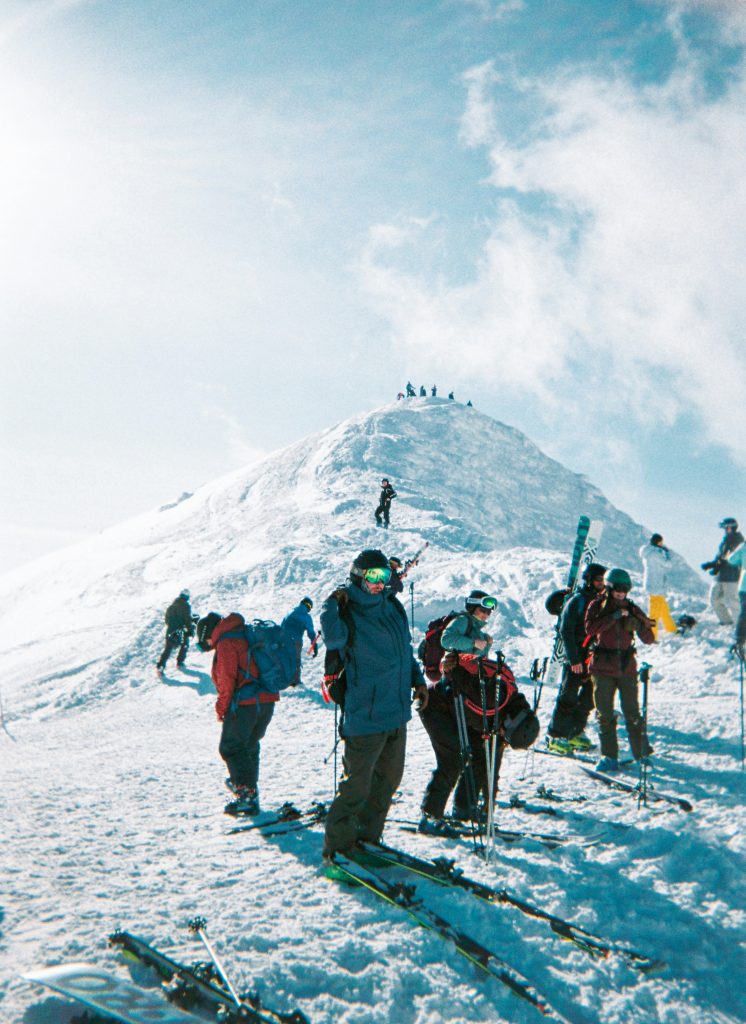
High Season (December 21 to mid-February)
Advantages: The snow is in excellent condition with a lot of dry powder. Skiing at night is a great experience. The nightlife has an exciting and lively atmosphere.
Disadvantages: Accommodation rates tend to be higher during Christmas, New Year, and Chinese New Year, so it’s best to make your reservations early. This is usually the coldest time of the year, and there are more snowy days than sunny ones, which is great if you’re looking for excellent powder skiing conditions.
Accommodation Availability: Accommodation rates are affected by the weather in Niseko. There is a peak during this time, especially during Christmas, New Year, and Chinese New Year. It is advisable to make reservations six to twelve months prior to the desired date of departure in order to take advantage of the early bird deals that are usually available in April and May. During peak periods, it is unlikely that any last-minute discounts will be available.
Weather: From the middle of December through March, Niseko tends to experience the most snowfall, usually around 14 meters of snow in total. The most optimal skiing conditions are to be expected in the later months of December, January, and February. However, be aware that strong winds may cause the lifts at the top of the mountain to be closed and that sunny weather is not common.
The temperature in the village is usually between 28.4°F (-2°C) and 12.2°F (-11°C), whereas, at the peak it can get as cold as 5°F (-15°C) to -13°F (-25°C).
Crowd Information: During the two weeks surrounding Christmas and New Year and the Chinese New Year, the town sees an influx of visitors. It is recommended to make restaurant reservations in advance as the town will be bustling. However, the peak season can be a great opportunity to experience the high energy of the town, along with excellent skiing conditions.
Closure Information: All services will be running. The upper ski lifts may be shut down due to high winds.
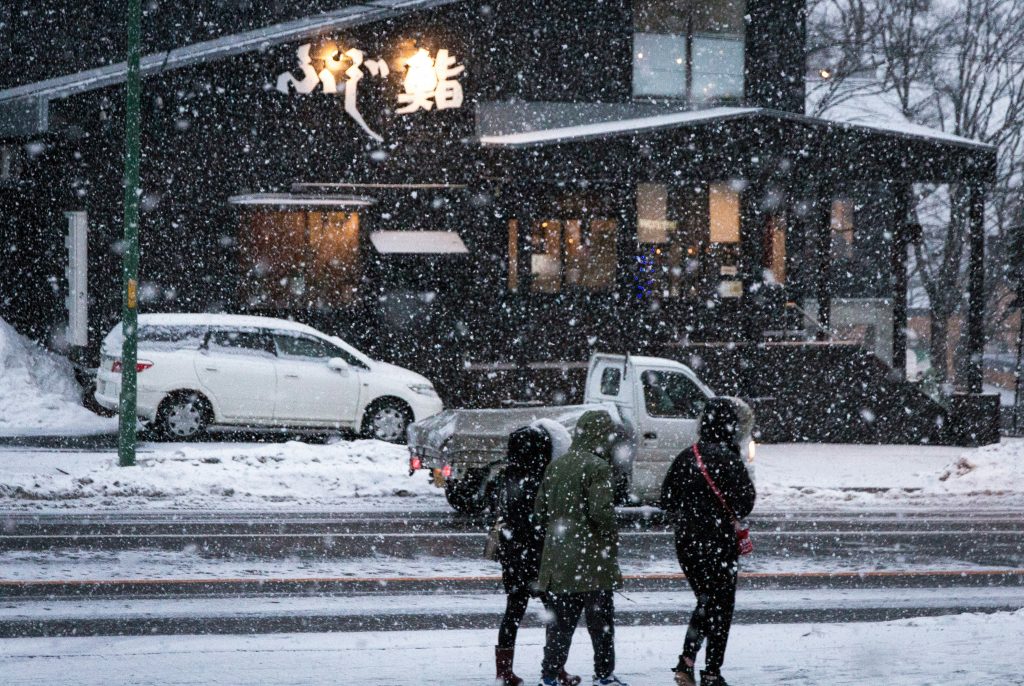
Mid Season (February to early March)
Advantages: The snow base is excellent, and there is a high probability of fresh powder snow. Sunny days are also more likely to occur.
Disadvantages: The storm cycles in February are slightly less predictable than in December and January, and will be significantly reduced by the time March arrives. Consequently, the village shuttle will only be operational until the first week of March.
Accommodation Availability: If you’re hoping to stay close to the lifts, book your accommodation as early as six months to one year before the February dates. Early bird deals are usually offered for early bookings.
If you can’t find any availability, stay in touch with your agent, as cancellations may arise. Last-minute deals could also be available.
Weather: Excellent skiing opportunities on and off slopes with a high likelihood of fresh snowfall. Great backcountry hiking opportunities.
The average temperature is expected to remain between 23°F (-5°C) and 14°F (-10°C).
Crowd Information: The influx of people during the peak season has dwindled, but it is still recommended to make reservations at restaurants in February.
Closure Information: Ski lifts at the top of the mountain may be shut down due to windy conditions.
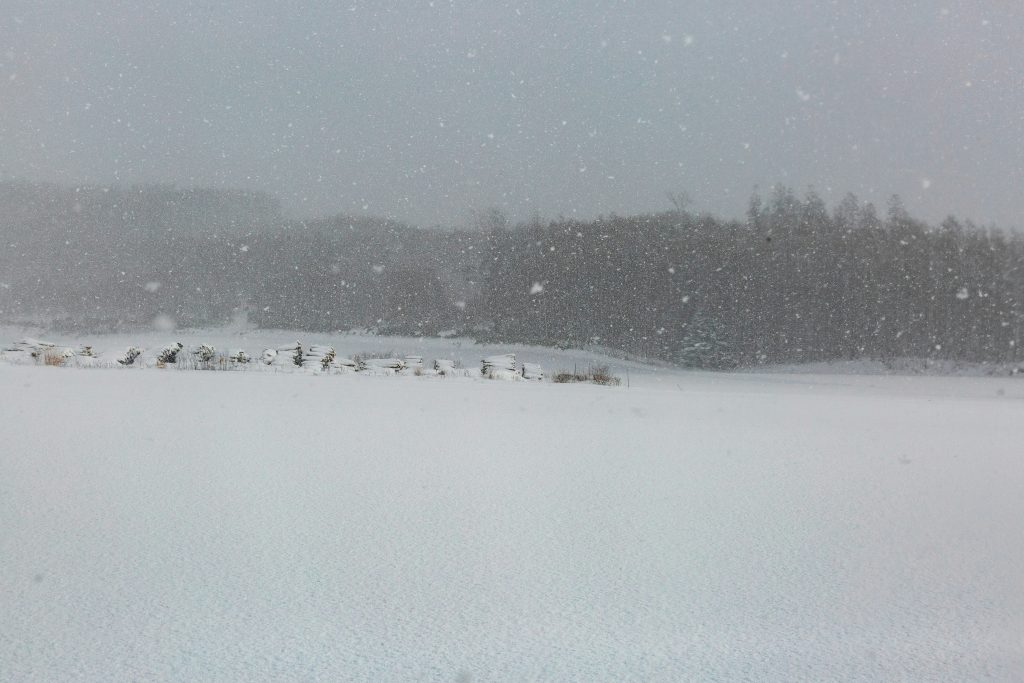
Late Season (April to May 5)
Advantages: Abundant snow base. There are no crowds. Affordable and plentiful lodging.
Disadvantages: Most eateries and shops begin to shut down. Skiing is severely limited as the Niseko Village and Hanazono ski resorts shut down.
Accommodation Availability: A variety of lodging is available at discounted prices that are up to 50% off of the usual Peak Season prices.
Weather: The ski season extends until 5th of May. The village usually experiences temperatures of around 39.2°F (4°C).
Crowd Information: It is not crowded at this time.
Closure Information: The Niseko Village and Hanazono ski resorts close at the start of April. The complimentary village shuttle will no longer be in service after February. During this time, you will need to make your own way to the ski lifts. Furthermore, many restaurants, ski schools, and rental shops will be closed during this period.
The breathtaking views, friendly locals, and the abundance of activities make Niseko a must-visit destination. Whether you prefer to visit Niseko during ski season or during the summer for some great hiking and outdoor activities, it’s sure to be a great vacation spot for anyone looking for a fun and unique experience. But it wouldn’t hurt if the Niseko weather suits your planned activities, right?

